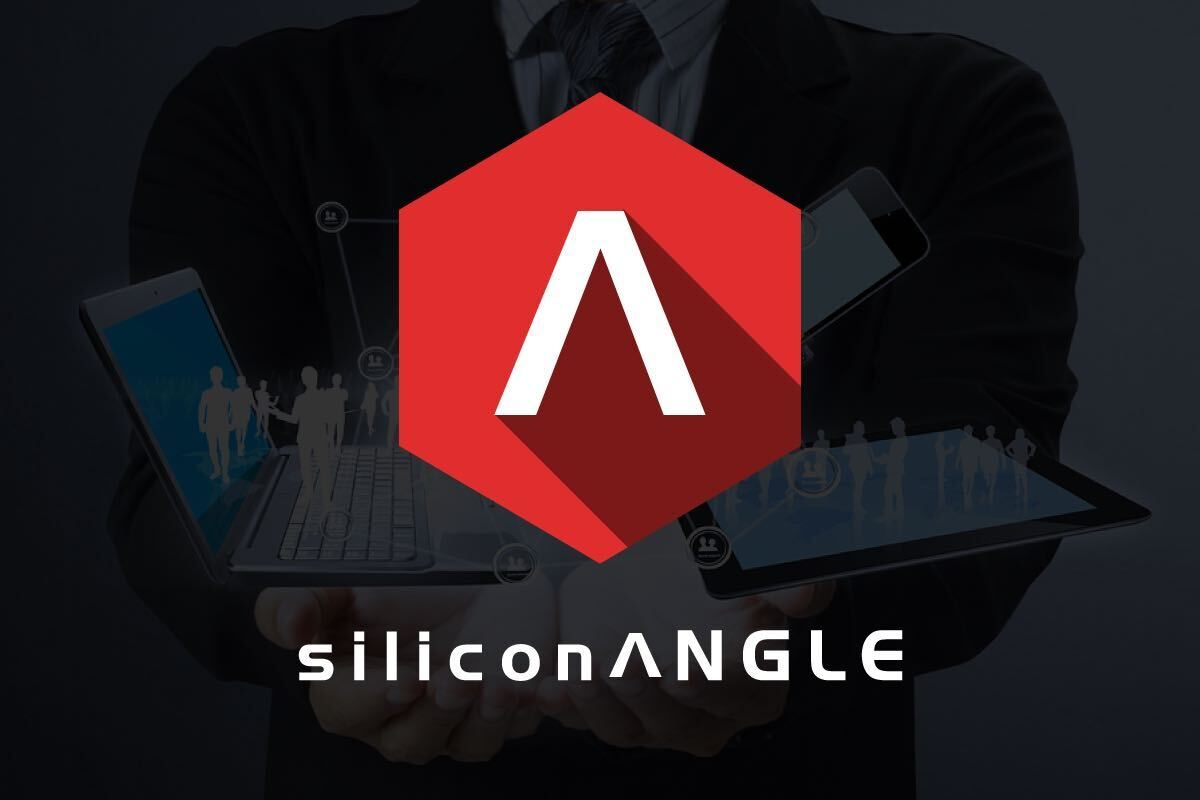


![]() SiliconAngle founding CEO John Furrier discussed the flash M&A scene with Wikibon’s David Floyer and Dave Vellante in a FlashCube episode that aired this Wednesday.
SiliconAngle founding CEO John Furrier discussed the flash M&A scene with Wikibon’s David Floyer and Dave Vellante in a FlashCube episode that aired this Wednesday.
Vellante starts the discussion by going over the most recent high-profile acquisitions in this space: IBM’s acquisition of Texas Memory Systems, and the $430 million EMC-XtremIO deal that was announced in May 2012.
Floyer enters the fray and brings up Aerospike, a database provider that developed a flash-optimized NoSQL database from scratch in just four years. He emphasizes that the startup’s solution doesn’t just make use of flash – it’s specifically designed to make the most out of solid-state storage.
Floyer says that large vendors should be on the lookout for disruptive players like Aerospike, because acquisitions are necessary in today’s competitive market. He adds IBM’s supposed plan to sell its x86 server business is a bad idea: storage and compute are converging, and the vendor is poised to monetize this trend.
Furrier agrees with Floyer, and elaborates:
“Hardware supply chain expertise is critical more than ever,” He stresses “HP, IBM, Dell; these are companies that have core competencies in managing supply chain. When you look at the kind of new supplies that are gonna be coming on the market, flash for instance, managing these kinds of components – the new components, dealing with software-led infrastructure – is [a] competitive advantage… getting a product out four month faster than the competitor is a strategic advantage.”
Furrier gets back to the topic of acquisitions and explains that Silicon Valley is divided to two camps: traditional vendors that are not investing in external innovation and are lagging behind as a result, and companies that are doing the exact opposite. The latter segment tends to go after emerging players that are valued under $150 million, foreign firms valued between $150m to$500m, and leaders in established markets that are worth over $1 billion.
See the entire segment below for the panel’s full assessment of Flash’s role in the evolving datacenter:
Support our mission to keep content open and free by engaging with theCUBE community. Join theCUBE’s Alumni Trust Network, where technology leaders connect, share intelligence and create opportunities.
Founded by tech visionaries John Furrier and Dave Vellante, SiliconANGLE Media has built a dynamic ecosystem of industry-leading digital media brands that reach 15+ million elite tech professionals. Our new proprietary theCUBE AI Video Cloud is breaking ground in audience interaction, leveraging theCUBEai.com neural network to help technology companies make data-driven decisions and stay at the forefront of industry conversations.